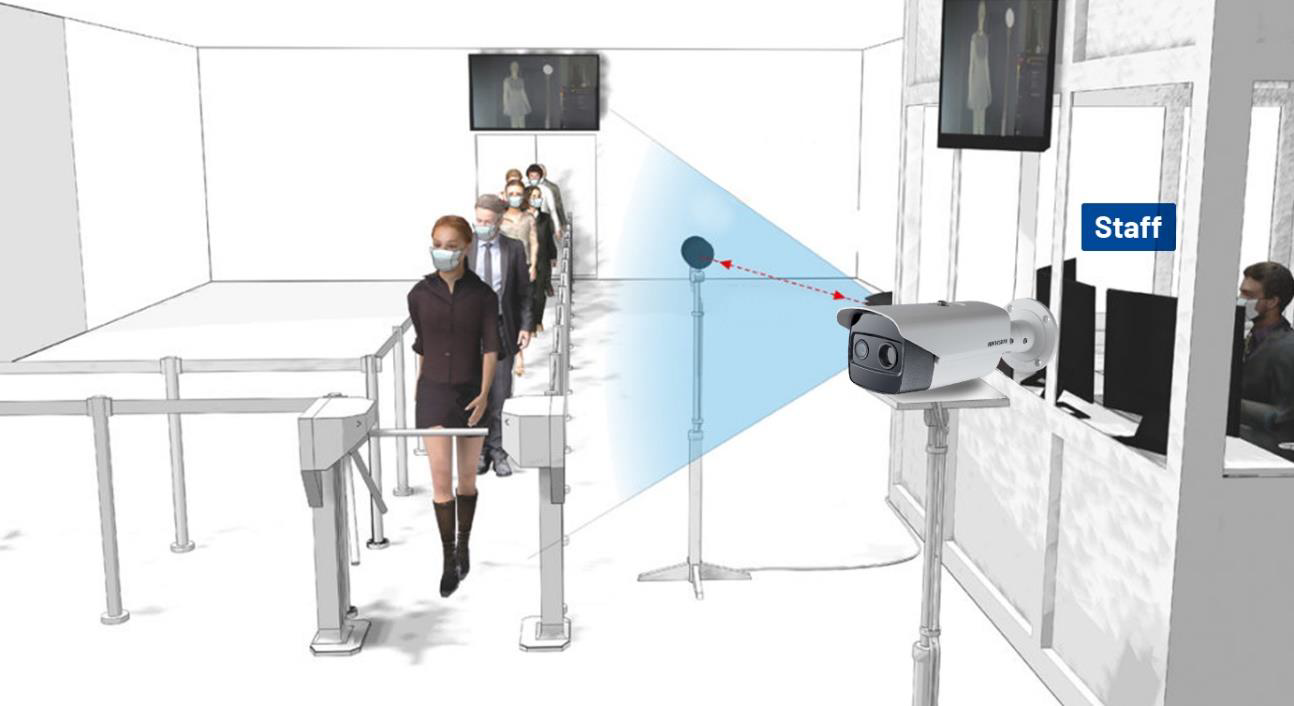
Cities, SI Urban 2/2020
Confidence: Hard to build and very fragile
Public transport is a part of any urban landscape and residents in particular like to use it because of the high level of convenience. Whether on the ground by bus or tram or on the third level by cable car, transport systems are facing the same problem: people have lost their confidence and that can be rebuilt only gradually. Various technological systems can help with this task.
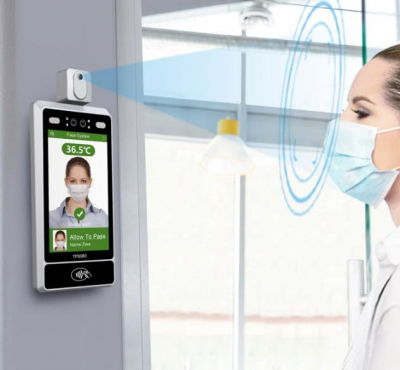
Contactless temperature measurement directly at the station. Photo: MDINA MEDIA
The “new normal”
Public transport will have to change quickly in order to be able to keep up with the new demands. Capacity reductions are therefore a necessary evil to comply with social distancing regulations. Furthermore, methods must be offered, which prevent unnecessary contact with surfaces and human interactions.
To revive passenger confidence in public transport, adjustments to journey times will be equally as necessary as a step towards digitalisation.
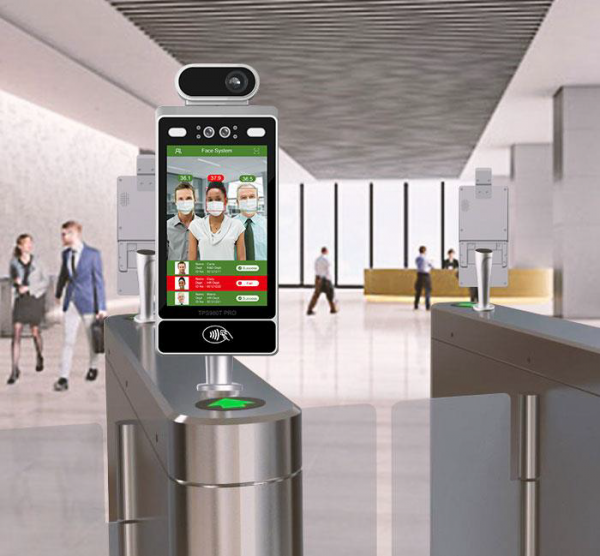
Regaining confidence
Contactless ticketing: passengers use transport apps to buy tickets before boarding.
Monitoring passenger numbers: reduced transport capacity on public transport. The driver has the vehicle occupancy information at all times.
These points can be implemented using technological provisions, with no additional effort for passengers and staff. If you are going to take a journey, for example from home to the office, you buy the ticket online just beforehand. You can then immediately see the vehicle occupancy and possible delays.
Even before starting the journey, you can therefore be prepared for the current travel situation and if necessary take actions such as rebooking. In addition, screening options have been developed, which make it possible to indicate conduct requirements even at the stop, such as passengers wearing face masks or even measuring their temperature.
This contactless check can restore the feeling of safety on various transport systems. With such measures, shuttle services that generally have less space available can rebuild confidence and additionally protect staff.
In the long term, what wins trust will catch on, which is why the provision must be designed to be dynamic and flexible, in order to adapt to changes. Continuous development and a fast response time are properties in which modern technology excels and which therefore make it a reliable tool in changing times. tm
Photo: Scheidt&Bachmann
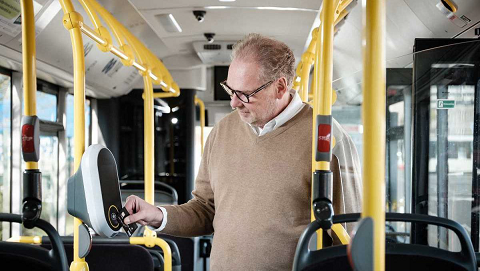
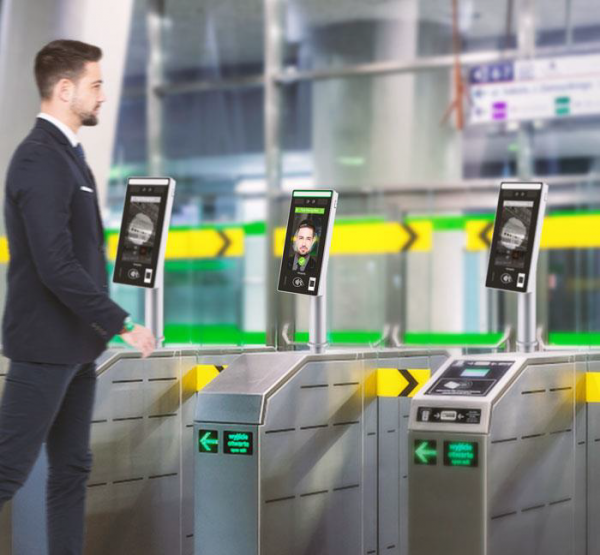
Automated entry controls provide addi-tional protection for employees.
PROTECTING STAFF
• Automation of the input process as far as possible
• Minimisation of personal contact, as passengers are checked remotely
• Ensuring compliance with health measures in order to be admitted to transport systems







